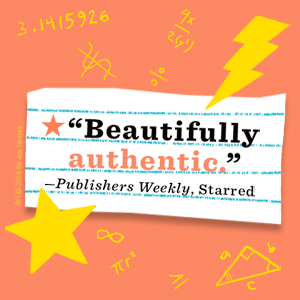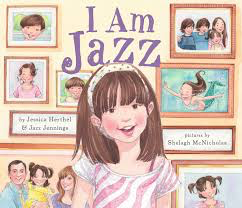Category: Books
-

Review: Getting gifted homeschoolers (almost) right
As a teacher of gifted learners, I am always interested in how they are portrayed in kids’ books. Generations of smart kids had to see themselves portrayed as clueless, clumsy, antisocial idiot savants. The Miscalculations of Lightning Girl avoids almost all the tired all tropes.
-

“I Am Jazz” Community Reading
This month Santa Cruz families will come together to read a book at the library. Yes, this happens all the time, but not with this book and this message. “I am Jazz” was published in 2014, co-written by 14-year-old Jazz Jennings, a transgender activist whose life had been profiled in a television documentary. Although the…
-
Support your teen with goal-setting
Teens thrive when they feel that they have agency, choices, and a direction.
-
Math Stories: Fun, Deep Learning for Elementary Students
Readers: This is an update and consolidation of previous posts on this topic. Hopefully I’ve gotten all the resources in here! It started one night when my seven-year-old daughter explained to her father how you can determine the number of faces in a geometric solid from the number of points. I’d ordered a Sir Cumference…
-
Book review: Raising Human Beings
Greene’s approach is to teach parents to work with their little human beings starting not from an assumption of misbehavior, but from a place of empathy and compassion. Our little human beings are works in progress. They need our guidance to learn how to work within this complicated, confusing world. As parents, it’s our job…